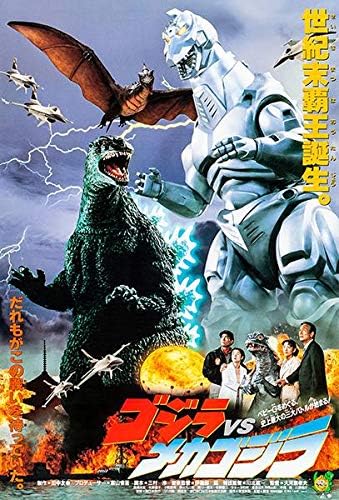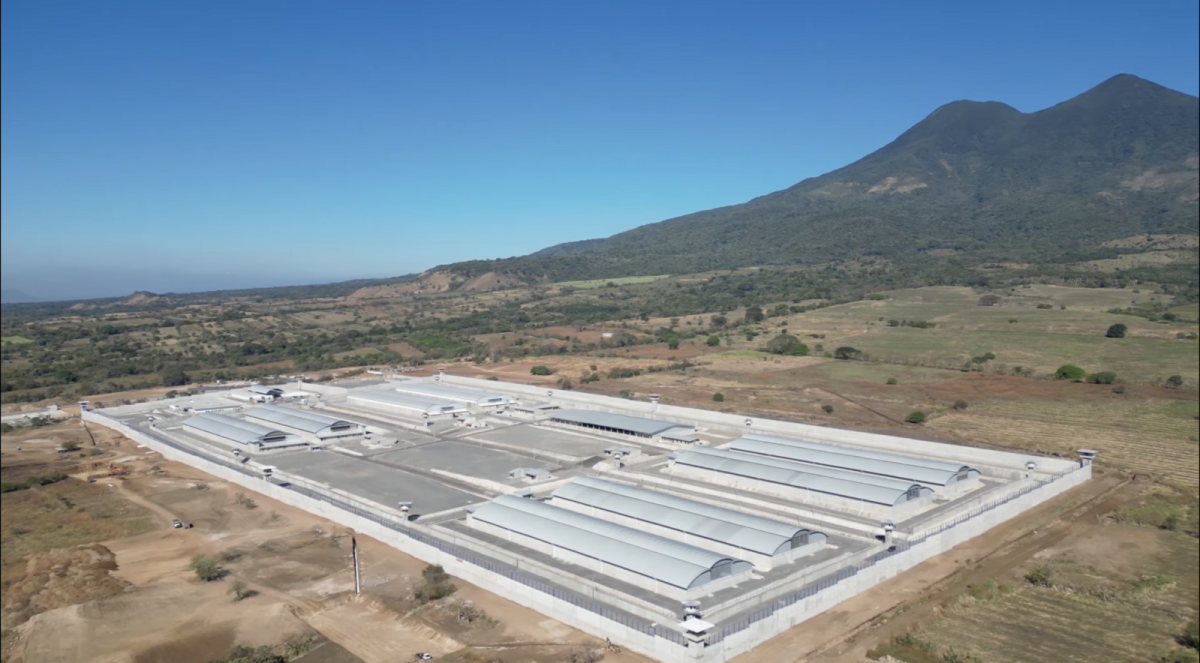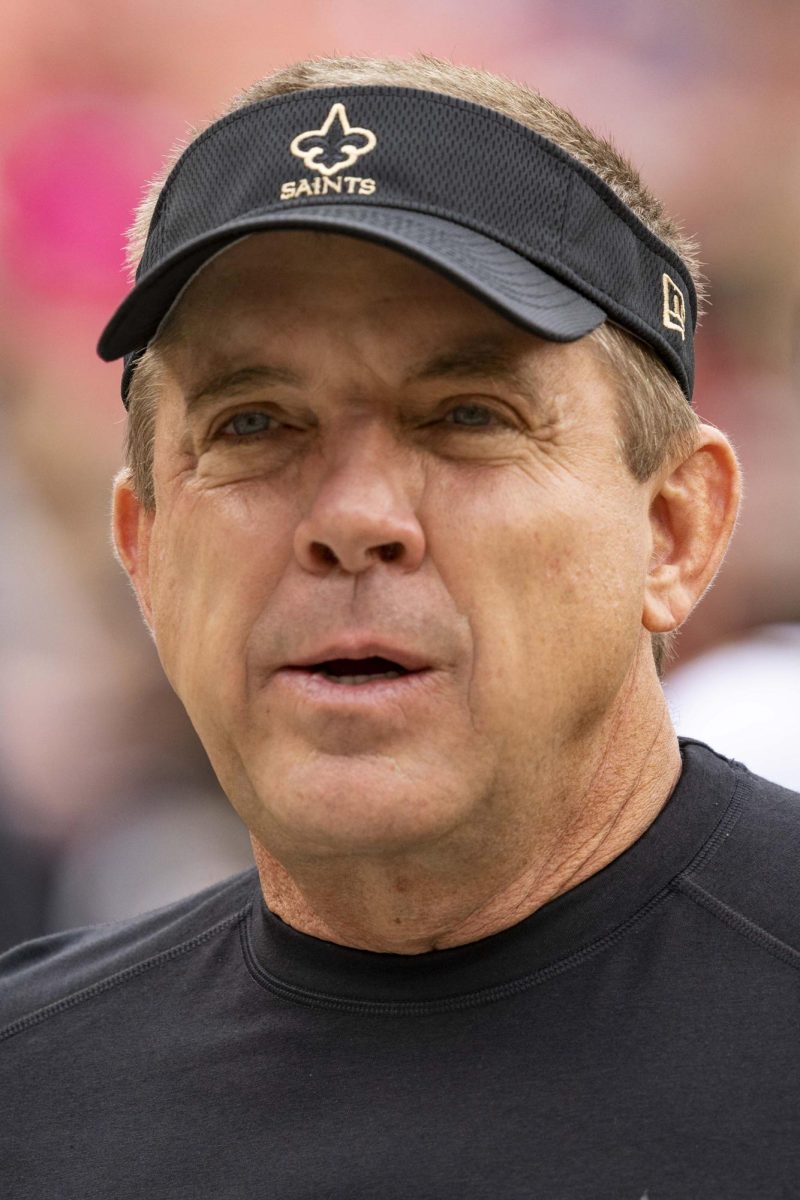
In between the Showa and Heisei series, a unique oddity of a Godzilla film was produced, in Italy of all places. This movie features a new Italo Disco opening theme that is probably the film’s only redeeming quality (a italo-fication of Akira Ifukube’s solemn farewell track Prayer For Peace from the original version), 1977’s Godzilla (aka Cozzilla) is a strange attempt to bring Godzilla to a new market from quasi-director Luigi Cozzi. Mostly an attempt at dubbing and colorizing the 1956 American version of the first Godzilla. The strangest feature of this version is its use of World War II archival footage, seemingly for shock value, the opening shows victims of the atomic bomb, there are edited in moments showing what are clearly real dead bodies in this footage spliced between the scenes of the hospital and Godzilla’s rampage through Tokyo. It could be an attempt to add extra intensity to a scene, for example, the military boats firing artillery at Godzilla during his rampage. This edition of Godzilla fails on a basic ethical level, so it’s easy to discredit now. There were many other releases of Godzilla in different countries, often being either a dubbed version of “King of the Monsters!” or a dubbed version of the original, or in the case of the lost Filipino version, editing in regional actors to localize the film.
In my opinion, the Heisei era series of Godzilla films is the most consistent, all seven of which I personally believe are in an 4/5 to 5/5 range. I believe this consistency was the product of not necessarily planning ahead, but by looking back on some of the choices made during the Showa era, combined with a general sense of what the public wanted to see. The first film in the series, The Return of Godzilla (1984) is a reboot that opts to remove the chronology of the previous fourteen Godzilla films, and serves as a direct sequel to the original film (this becomes a constant annoyance in the 2000s, so i’d like to thank the filmmakers for keeping this series going for so long…), and it was edited into Godzilla 1985 for American audiences. It introduces the Godzilla defense group G-Force, who create the defense vehicle Super X in order to stop Godzilla. The last six films in the series possess a consistent tone, glorious continuity, and interesting characters. This includes my personal favorite human character, Miki Saegusa, a psychic who begins training psychic children to harness their abilities, and ends up working for G-Force. Portrayed by Megumi Odaka, she is the human character who appears in the most kaiju films, being in six of the Heisei films.
Godzilla vs. Biollante (1989) is a return to the versus format of Godzilla sequels, where a scientist creates a plant imbued with Godzilla cells, and the only person who can end the final duel is Miki Saegusa. Godzilla vs. King Ghidorah (1991) is an uproarious confrontation between the two kings, the film delves into Godzilla’s origins in a singular manner that must be seen to be believed. My personal favorite of the Heisei series is 1992’s Godzilla vs. Mothra, which features my favorite Akira Ifukube soundtrack, and a modernization of the Fairies of Infant Island.
Godzilla vs. Mechagodzilla II (1993) is about once-and-for-all taking down Godzilla, after Rodan returns Godzilla’s child to him, and Mechagodzilla 3 aka Super Mechagodzilla’s role in that process. Godzilla vs. Spacegodzilla (1994) is about the arrival of Godzilla’s brother from another world, and how Godzilla and G-Force team up to protect Godzilla’s child. Godzilla vs. Destroyah (1995) is the final film in the series, wherein Godzilla’s body is on the brink of collapse due to the events of the previous film, and he and his child must meet one last time, before Destroyah interrupts their family reunion. It’s a bittersweet ending, which is one of Godzilla’s most consistent elements, besides mass destruction and exciting monster fights.





!["This is [Not] Who We Are" movie poster.](https://chswarriorscroll.com/wp-content/uploads/2025/04/Screenshot-2025-04-13-at-9.34.19 PM-1200x678.png)




